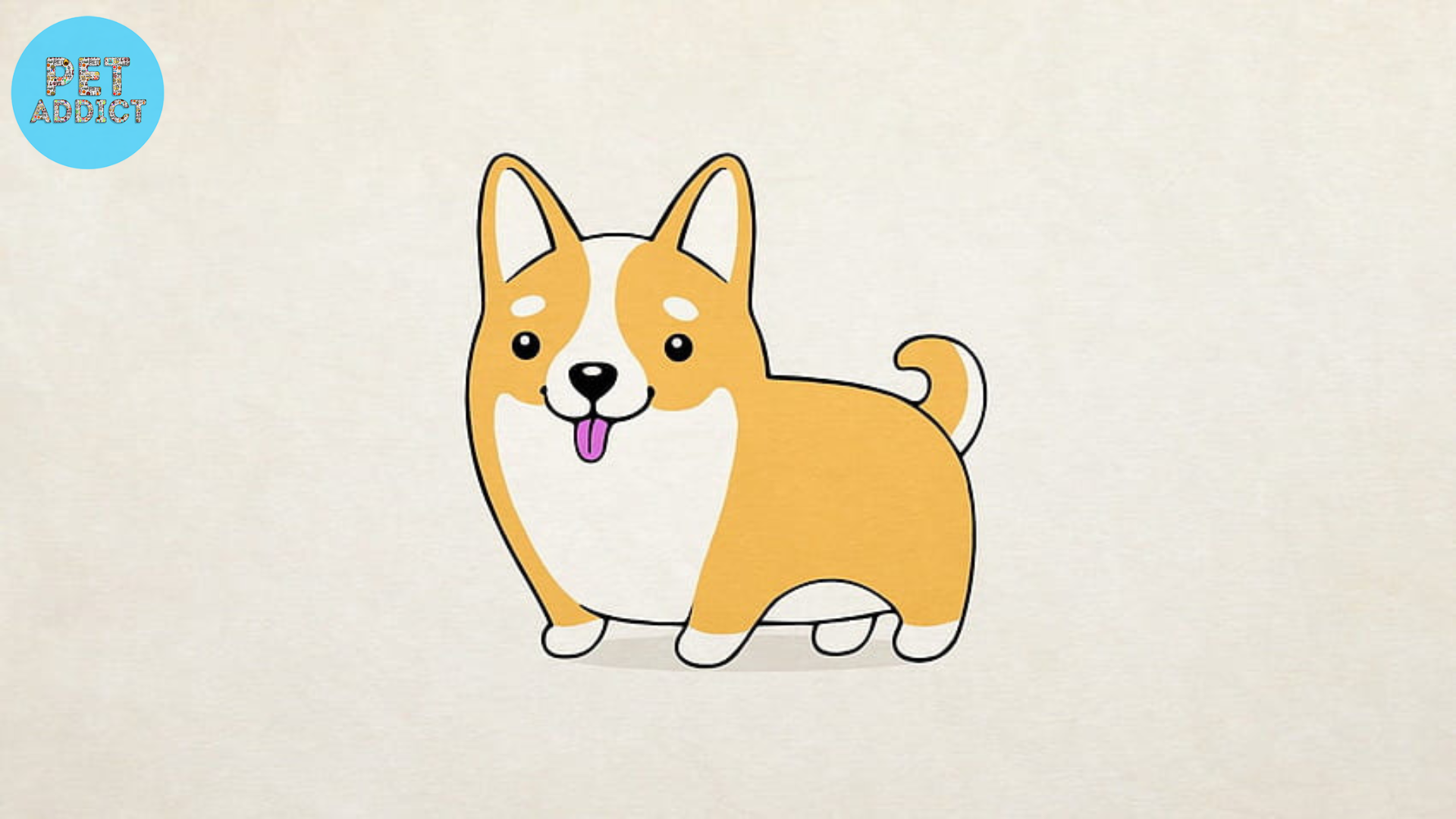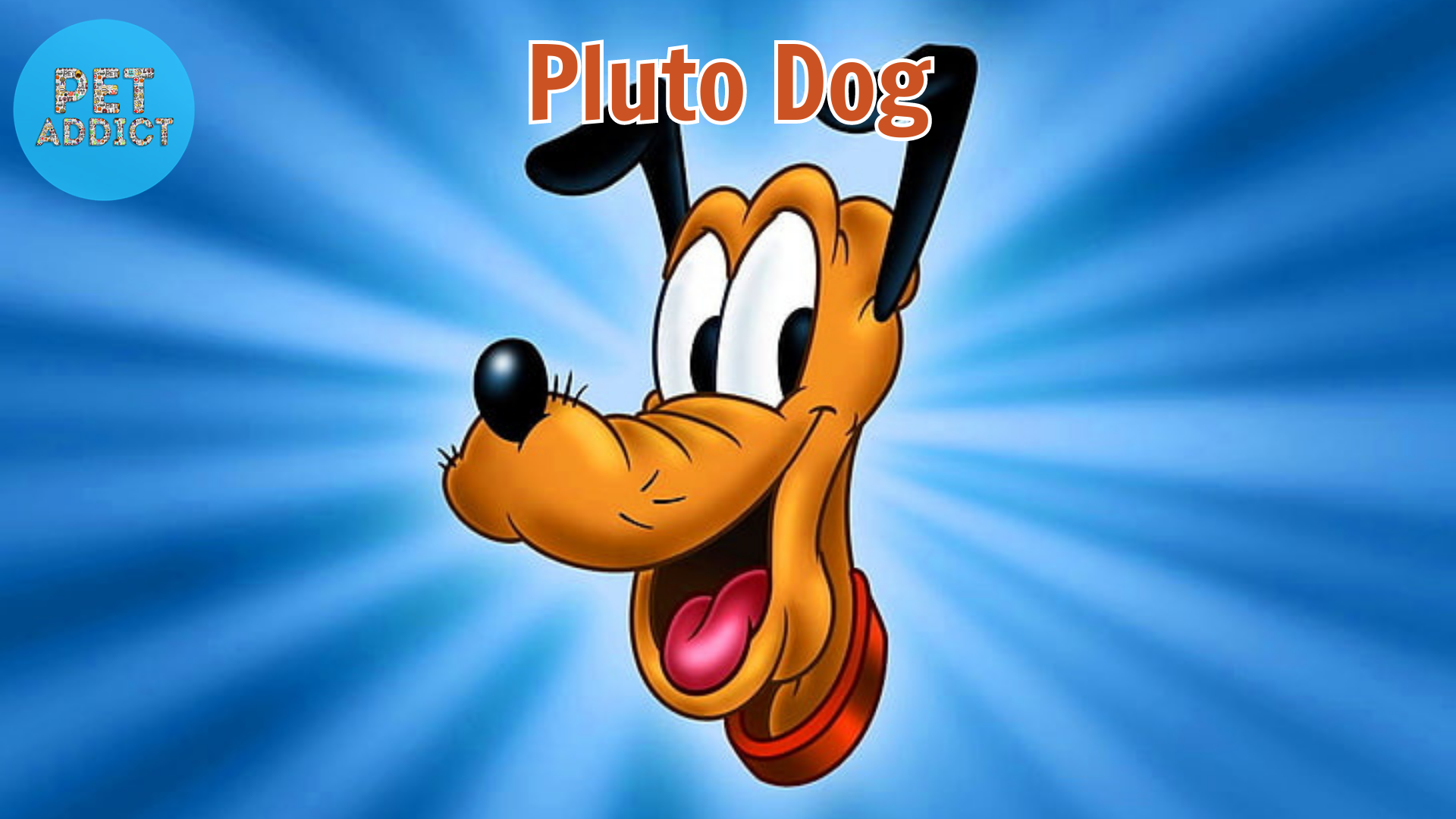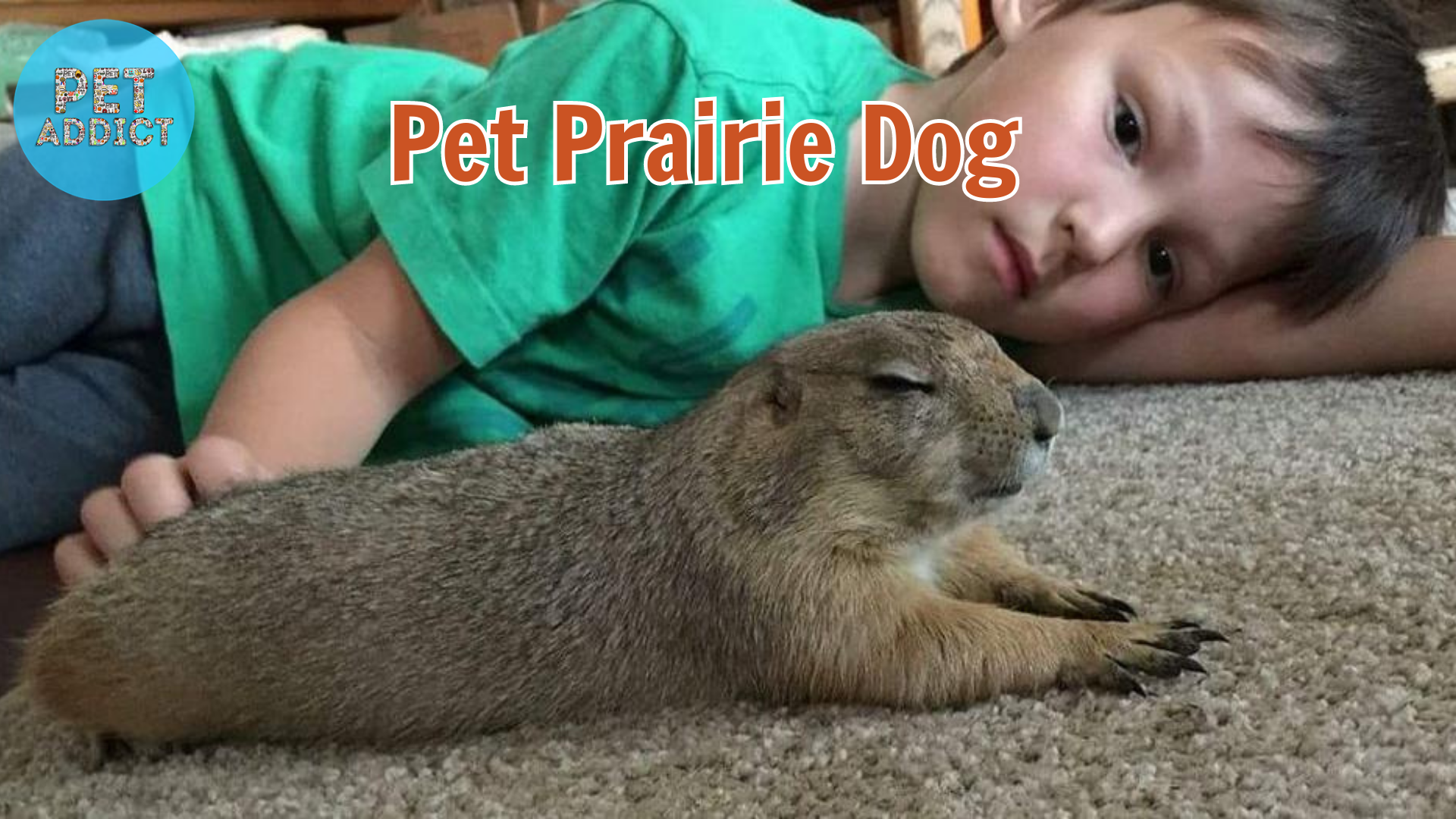Introduction Animal Drawings
Animal drawings have captivated artists and art enthusiasts for centuries. The ability to bring to life the grace, majesty, and charm of various creatures on paper is a testament to the talent and imagination of artists. From intricate pencil sketches to vibrant digital illustrations, animal drawings offer a delightful way to explore the rich diversity of the animal kingdom. In this article, we will delve into the world of animal drawings, exploring different techniques, styles, and subjects that artists employ to create stunning representations of animals.
PetAddict.net – The best place where you can find everything about your pet!
The Beauty of Animal Drawings
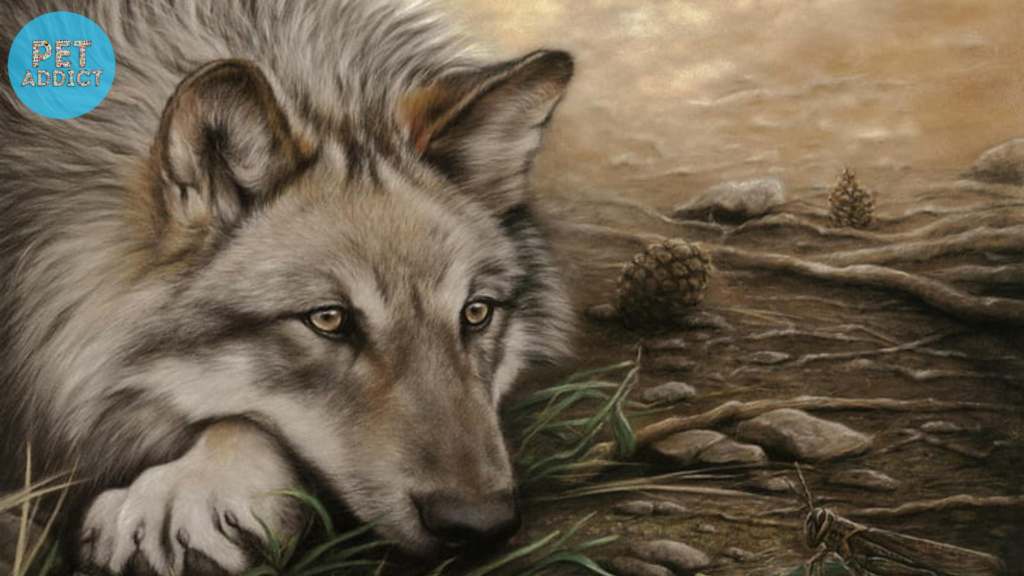
Animal drawings possess a unique allure that resonates with people of all ages. The intricate details of a fur coat, the soulful eyes of a wildcat, or the delicate feathers of a bird—these elements come to life through the strokes of an artist’s pencil or brush. Animal drawings allow us to appreciate the beauty and diversity of the animal kingdom, fostering a sense of connection and wonder.
Tools and Materials for Animal Drawings
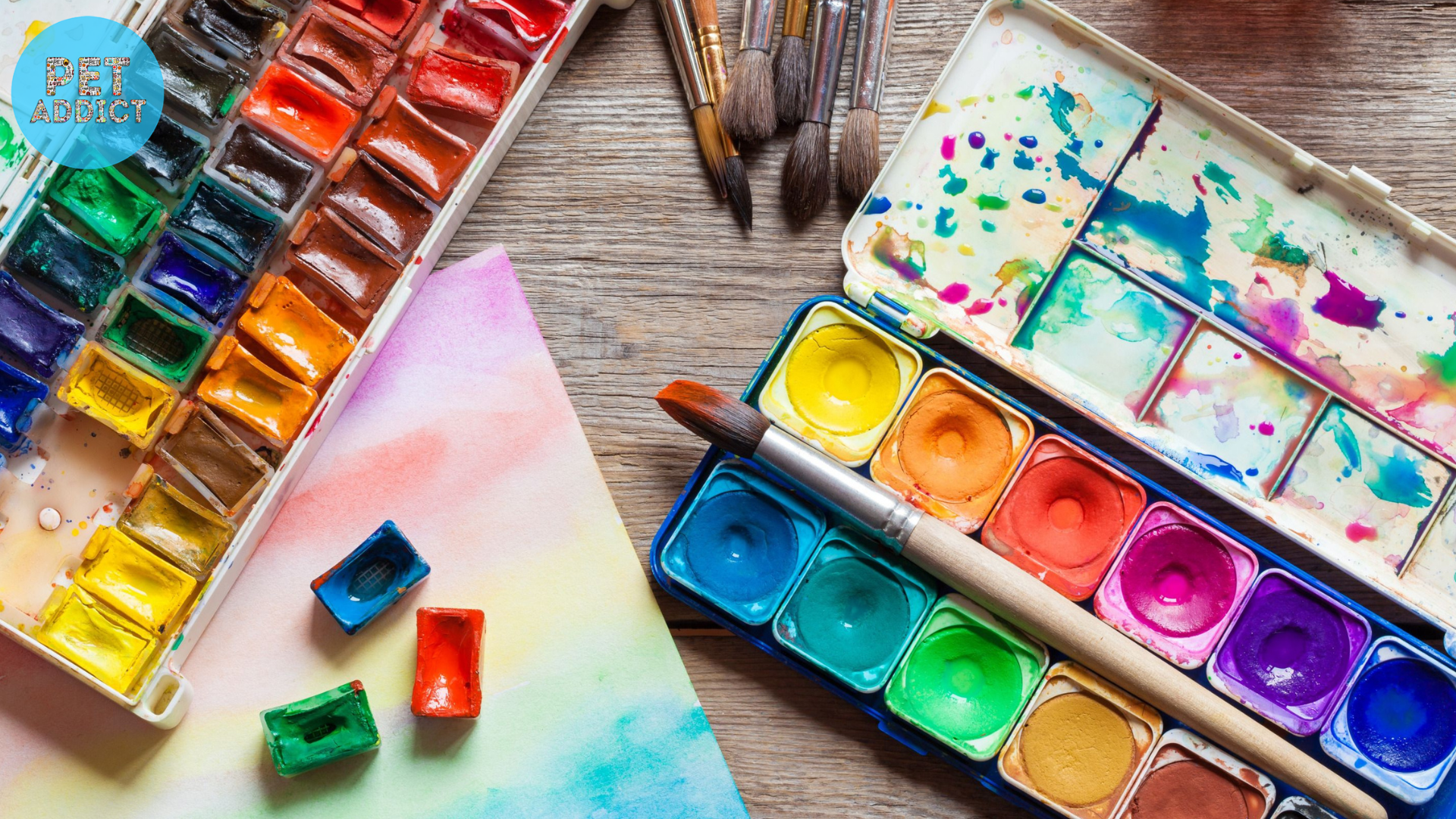
To create remarkable animal drawings, artists rely on a variety of tools and materials. Pencils, charcoal, pastels, and ink pens are commonly used mediums for capturing the essence of animals. Each medium offers its own characteristics, allowing artists to experiment with different textures, shades, and techniques. Additionally, artists utilize sketchbooks, drawing paper, and specialized erasers to achieve desired effects and maintain precision in their drawings.
Techniques for Capturing Realism
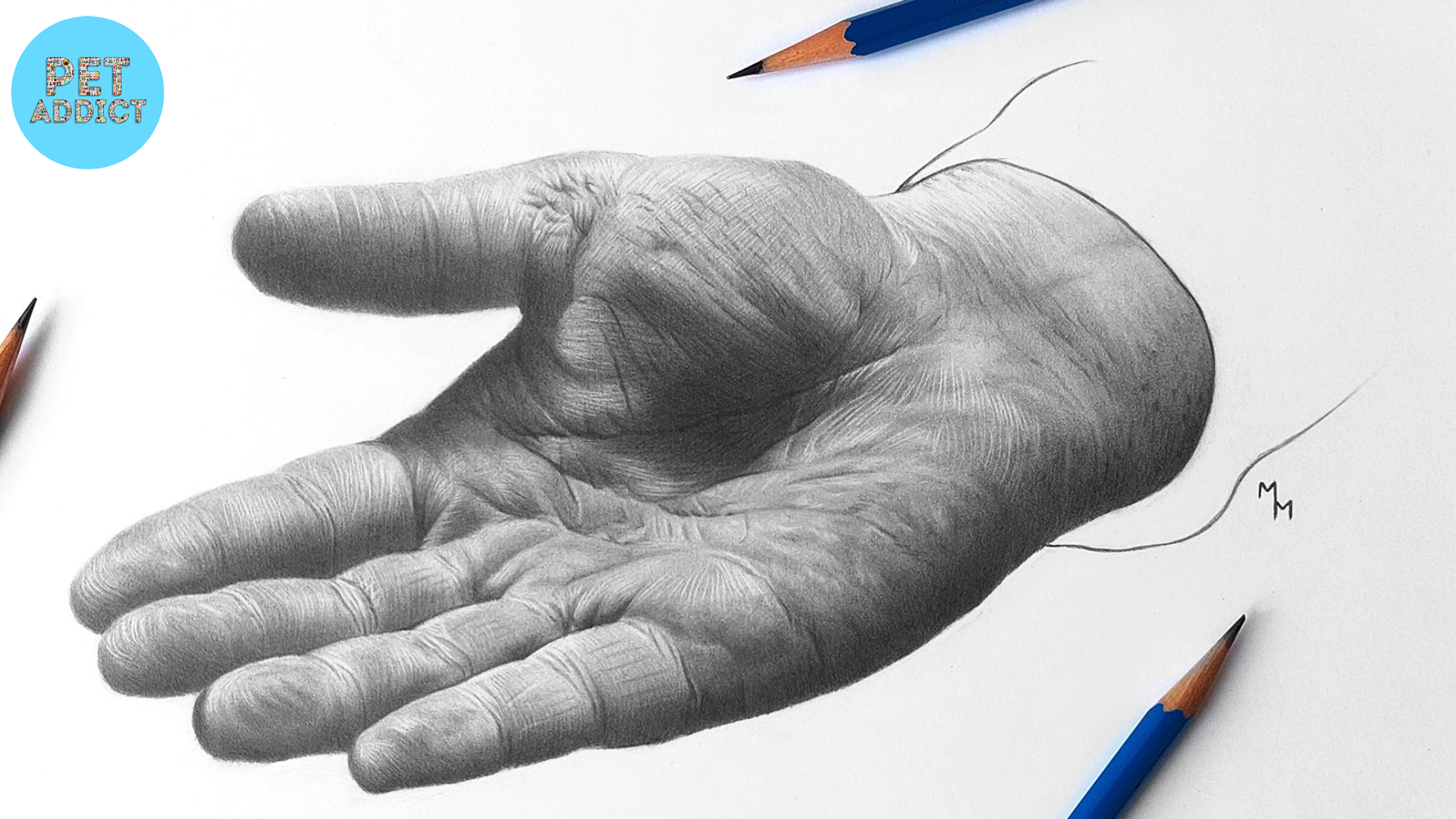
Realism is a sought-after quality in animal drawings, as it allows the viewer to feel a sense of familiarity and authenticity. Artists employ various techniques to achieve realistic representations, such as observation, understanding anatomy, and mastering shading and texture. The careful study of animal features, proportions, and movement helps artists accurately depict their subjects on paper, resulting in lifelike drawings.
Exploring Different Styles
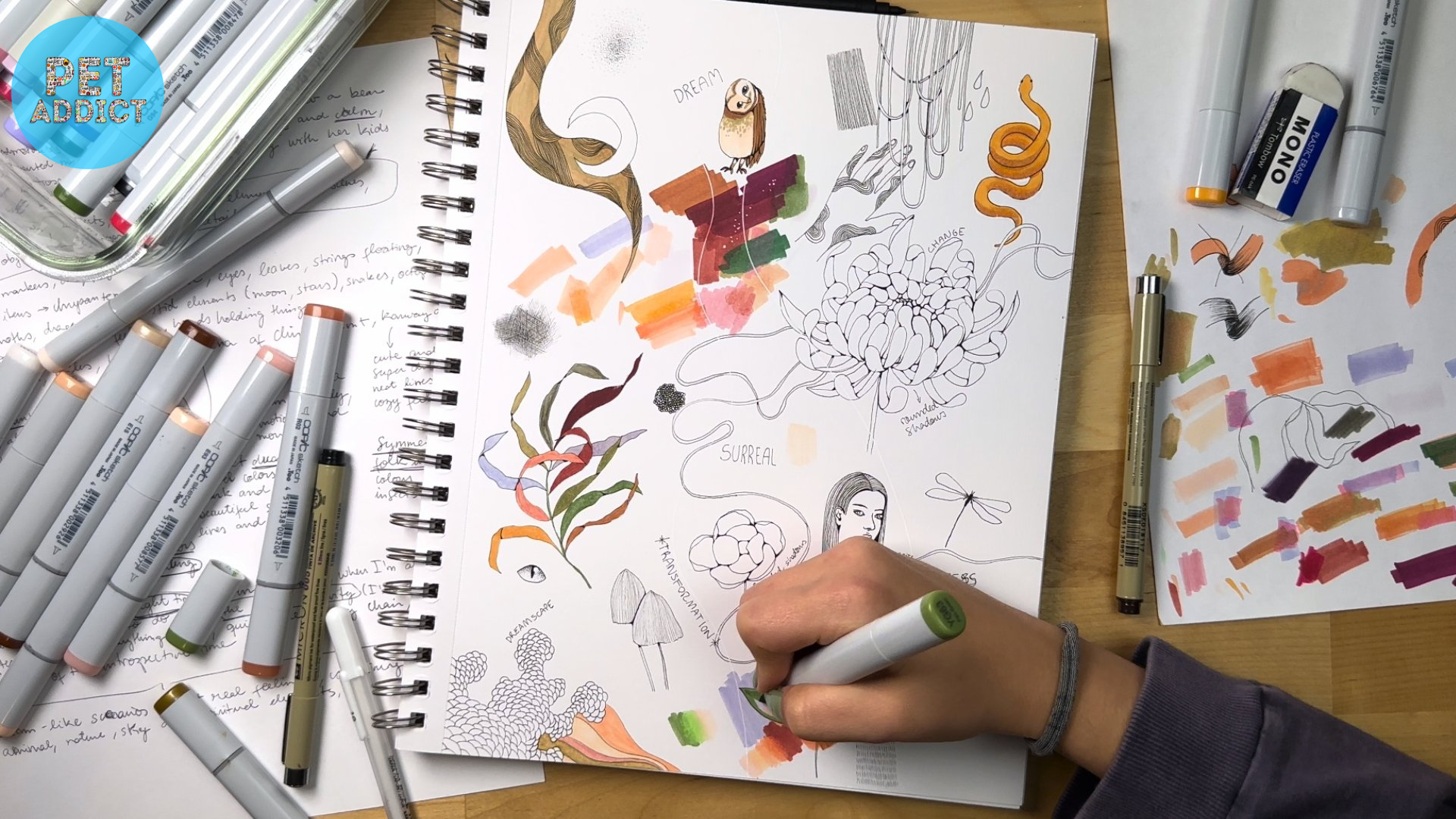
Animal drawings encompass a wide range of artistic styles, each offering a unique interpretation and visual impact. Realistic animal drawings aim to faithfully recreate the animals’ physical features and characteristics, showcasing meticulous attention to detail. Cartoon animal drawings, on the other hand, often emphasize simplified forms and exaggerated features, lending a playful and whimsical quality to the artwork. Abstract animal drawings take a more interpretive approach, focusing on shapes, colors, and emotions to evoke a sense of the animal’s essence. Artists can choose from these styles or blend them to create their own distinct artistic voice.
Drawing Domestic Animals
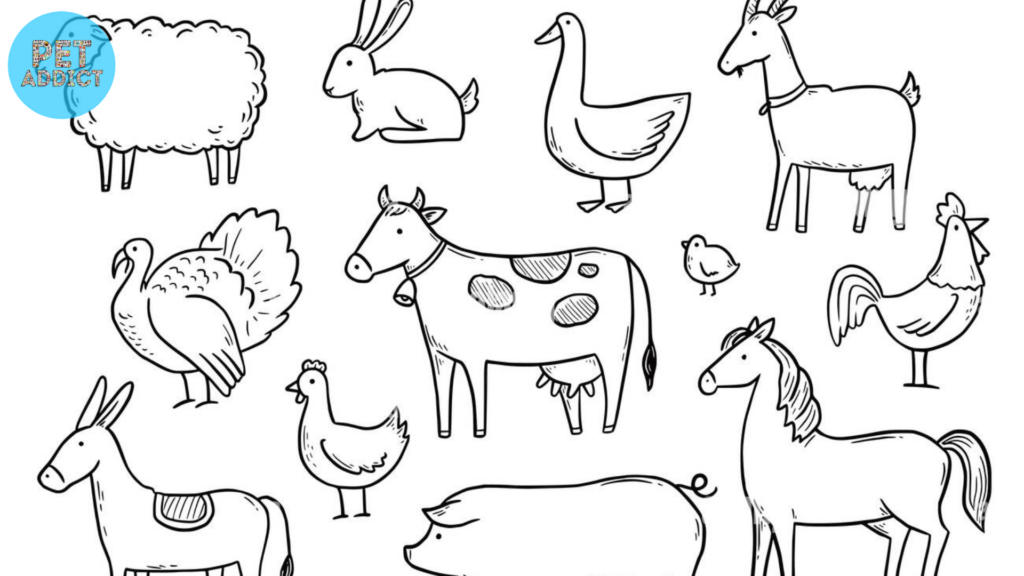
Drawing domestic animals allows artists to capture the charm and familiarity of pets and farm animals. From dogs and cats to horses and chickens, these animals hold a special place in our lives. Artists can provide step-by-step instructions for drawing popular domestic animals, emphasizing their unique features, such as floppy ears, wagging tails, or distinctive fur patterns. By breaking down the drawing process into manageable steps, aspiring artists can learn to create endearing and accurate depictions of their favorite domestic companions.
Drawing Wild Animals
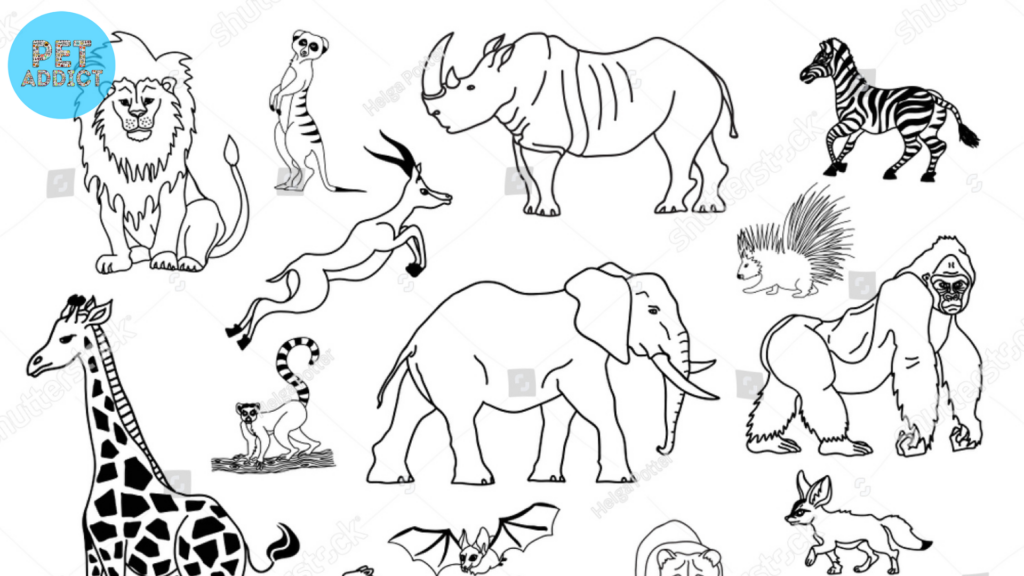
The allure of the wild and the untamed has inspired countless artists to depict wild animals in their drawings. From majestic lions and elegant giraffes to swift cheetahs and cunning foxes, the variety of wild animals offers endless opportunities for artistic exploration. Drawing wild animals requires careful observation and understanding of their distinctive features, such as patterns, textures, and poses. Artists can guide learners in capturing the unique essence of each animal, reflecting their strength, grace, or elusive nature.
Drawing Exotic Animals
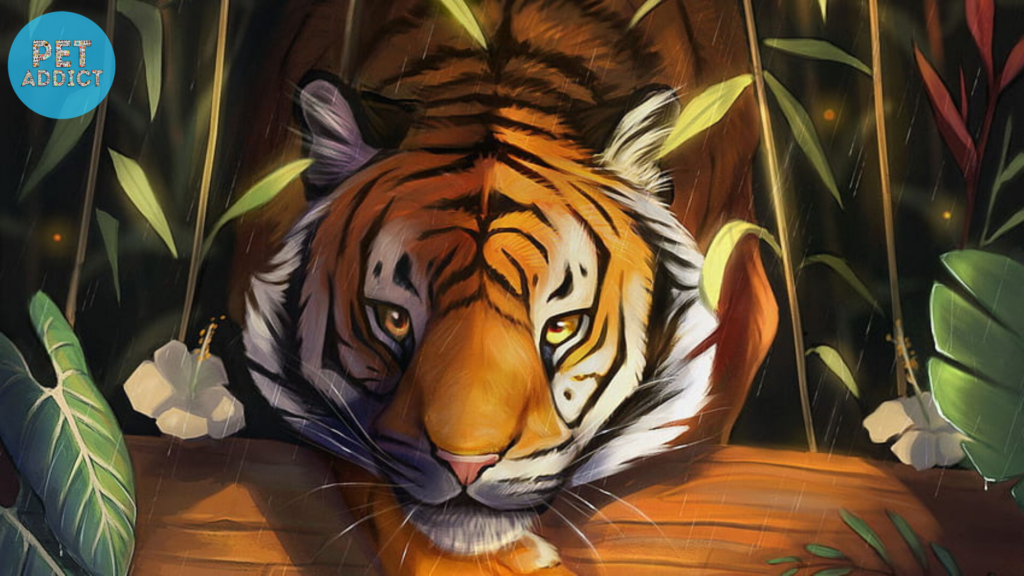
Exotic animals possess an air of mystery and fascination, making them compelling subjects for animal drawings. Whether it’s the vibrant plumage of tropical birds, the intricate scales of reptiles, or the elusive patterns of big cats, these animals challenge artists to portray their unique beauty. Artists can offer tips and techniques for capturing the exotic nature of these creatures, emphasizing the play of light, the intricate details of their features, and the harmonious blending of colors.
Adding Details and Textures
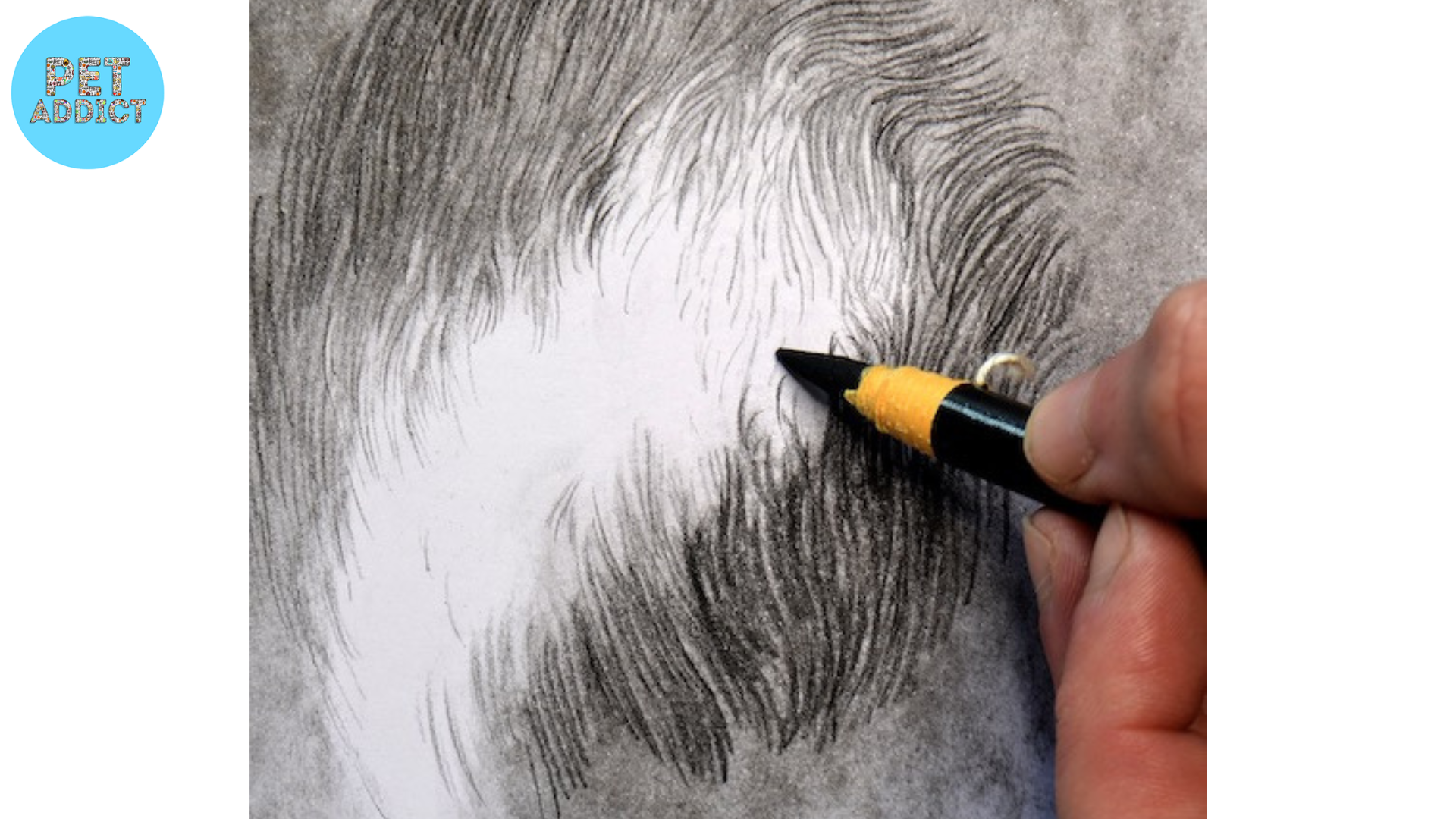
Details and textures are essential elements in bringing animal drawings to life. Artists employ various techniques to add depth and realism to their drawings. Cross-hatching, stippling, and blending techniques help to create textures such as fur, feathers, or scales. Attention to the intricate patterns and subtle variations in color adds a sense of authenticity to the drawings, enhancing the overall visual impact.
Composition and Background
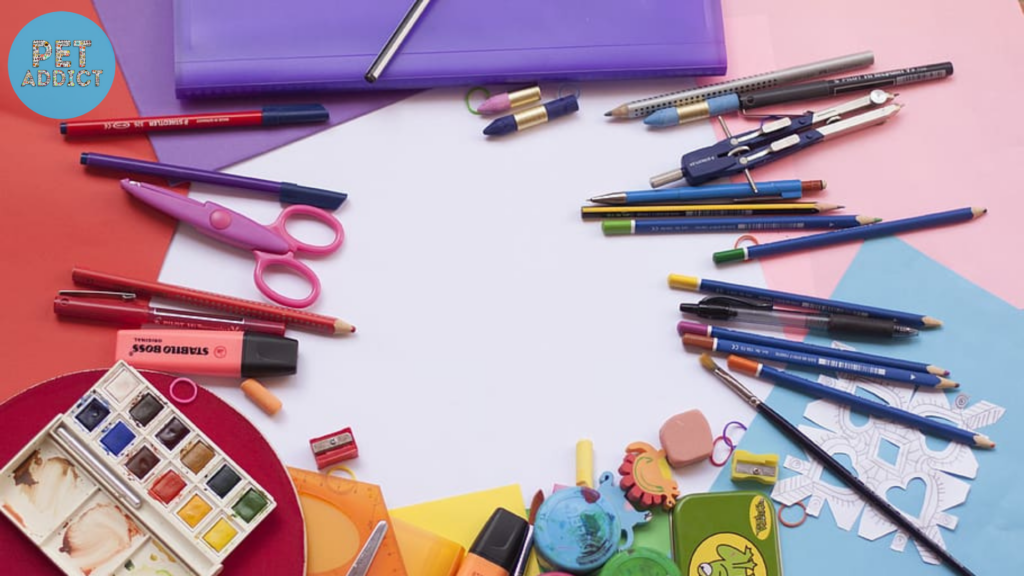
In animal drawings, composition and background play significant roles in setting the mood and context of the artwork. Artists carefully consider the placement of the animal within the frame, ensuring a balanced and visually pleasing composition. The background elements, such as landscapes, foliage, or atmospheric effects, contribute to the narrative and create a sense of place. Skillful composition and thoughtfully designed backgrounds can elevate animal drawings, providing a captivating visual experience.
Drawing Animal Portraits
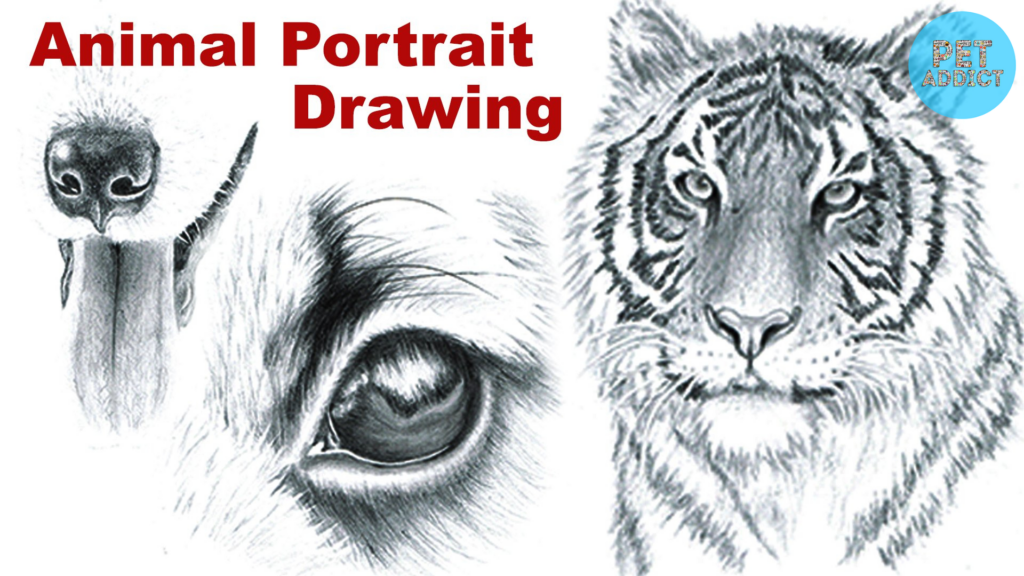
Animal portraits capture the essence and personality of individual animals, highlighting their unique expressions and characteristics. Artists focus on the intricate details of the animal’s face, such as their eyes, snouts, or beaks, to convey emotions and create a sense of connection with the viewer. Through careful observation and skilled rendering, artists can create captivating animal portraits that capture the spirit and individuality of their subjects.
Drawing Animals in their Natural Habitats
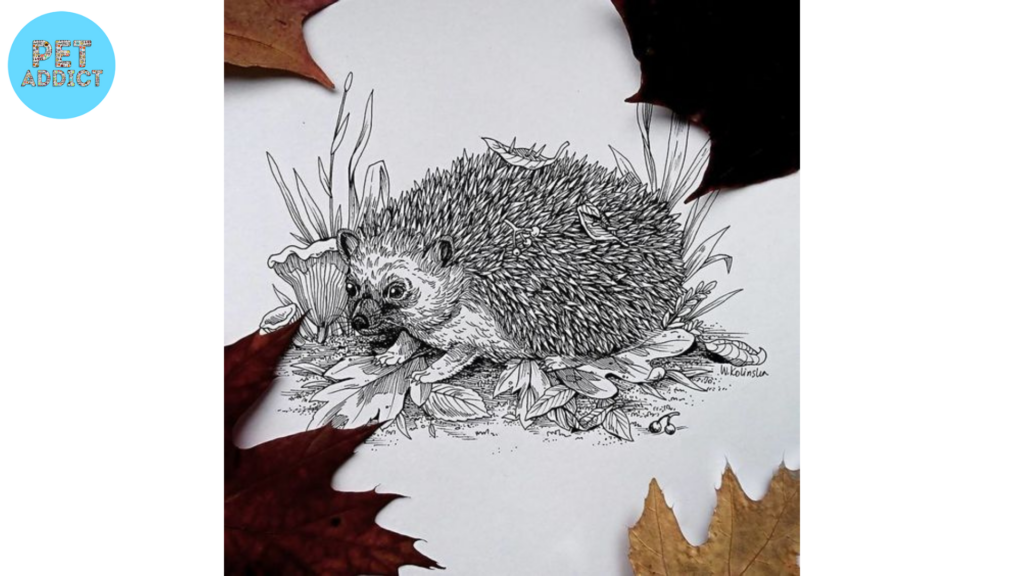
Depicting animals in their natural habitats adds an additional layer of depth and storytelling to animal drawings. Artists aim to capture not only the physical appearance of the animals but also their interactions with the environment. From the dense jungles where tigers roam to the vast savannahs where herds of elephants gather, the natural habitat provides a context that enhances the narrative and brings the animal drawings to life.
Digital Animal Drawings
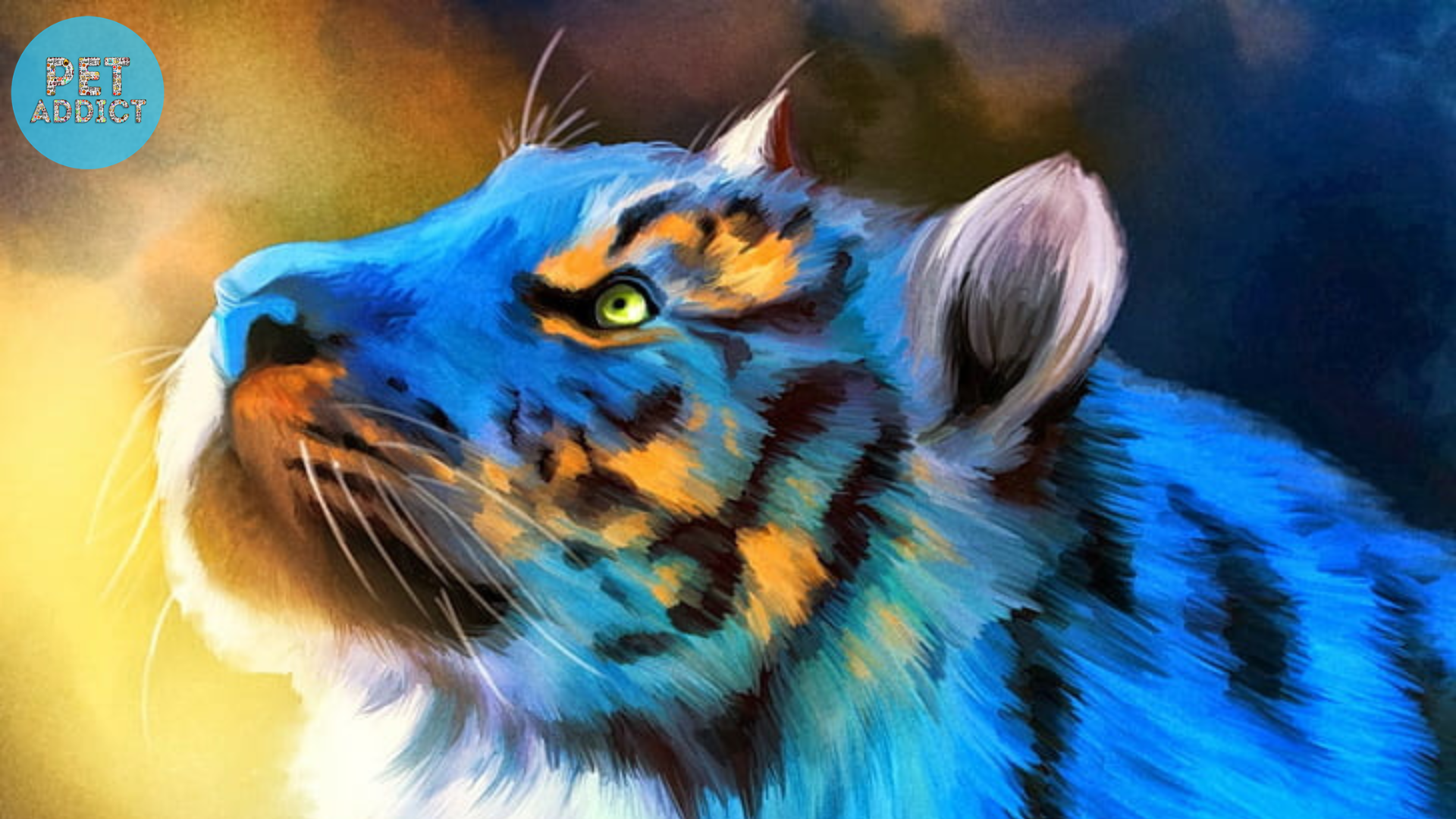
The advent of digital art has revolutionized the world of animal drawings. Digital tools and software offer artists a wide range of possibilities for creating stunning and versatile artworks. Digital drawing tablets, stylus pens, and software programs provide artists with precise control over their strokes, allowing for intricate detailing and seamless blending of colors. Artists can explore digital techniques and effects to create imaginative and vibrant animal drawings.
Showcasing Animal Drawings
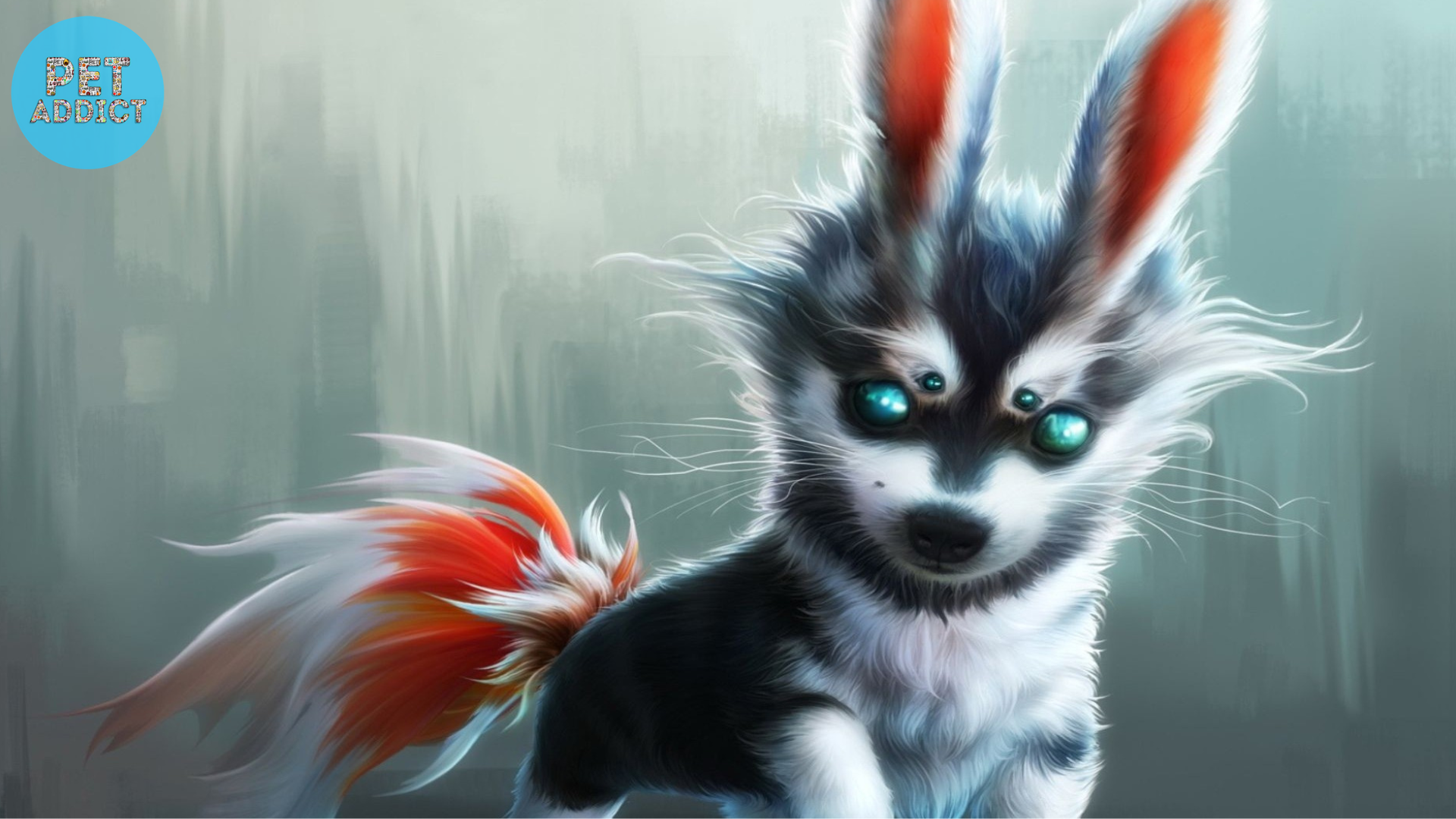
Once artists have created their animal drawings, they can showcase their work through various platforms and methods. Online art galleries, social media platforms, and personal websites allow artists to share their creations with a global audience. Participating in art exhibitions, competitions, or even creating physical art portfolios can also provide opportunities for recognition and appreciation of their animal drawings.
Conclusion
Animal drawings offer a captivating way to explore and celebrate the beauty of the animal kingdom. Through careful observation, understanding of anatomy, and artistic techniques, artists bring animals to life on paper, capturing their essence, charm, and diversity. Whether through realistic depictions, whimsical cartoons, or abstract interpretations, animal drawings continue to inspire and enchant viewers of all ages. So, grab your pencils, unleash your creativity, and embark on a journey into the enchanting world of animal drawings.
FAQs
1. What are some popular tools for creating animal drawings? Common tools for creating animal drawings include pencils, charcoal, pastels, ink pens, sketchbooks, drawing paper, and erasers.
2. How can I achieve realistic animal drawings? To achieve realistic animal drawings, artists can focus on careful observation, understanding animal anatomy, and mastering shading and texture techniques.
3. Are there different styles of animal drawings? Yes, there are various styles of animal drawings, including realistic, cartoon, and abstract. Artists can choose to work in a specific style or blend different styles to create their unique artistic voice.
4. Can I create animal drawings digitally? Absolutely! Digital tools, such as drawing tablets and software programs, offer artists a versatile and precise medium for creating digital animal drawings.
5. Where can I showcase my animal drawings? You can showcase your animal drawings on online art galleries, social media platforms, personal websites, art exhibitions, competitions, or by creating physical art portfolios.

